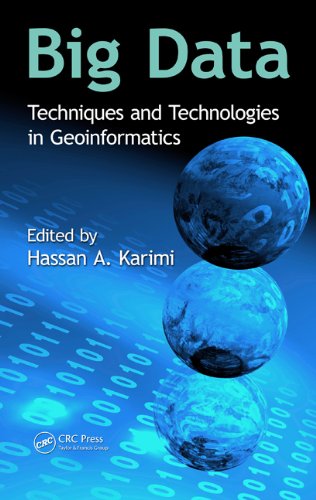

Most ebook files are in PDF format, so you can easily read them using various software such as Foxit Reader or directly on the Google Chrome browser.
Some ebook files are released by publishers in other formats such as .awz, .mobi, .epub, .fb2, etc. You may need to install specific software to read these formats on mobile/PC, such as Calibre.
Please read the tutorial at this link: https://ebookbell.com/faq
We offer FREE conversion to the popular formats you request; however, this may take some time. Therefore, right after payment, please email us, and we will try to provide the service as quickly as possible.
For some exceptional file formats or broken links (if any), please refrain from opening any disputes. Instead, email us first, and we will try to assist within a maximum of 6 hours.
EbookBell Team

4.3
28 reviewsBig data has always been a major challenge in geoinformatics as geospatial data come in various types and formats, new geospatial data are acquired very fast, and geospatial databases are inherently very large. And while there have been advances in hardware and software for handling big data, they often fall short of handling geospatial big data efficiently and effectively. Big Data: Techniques and Technologies in Geoinformatics tackles these challenges head on, integrating coverage of techniques and technologies for storing, managing, and computing geospatial big data.
Providing a perspective based on analysis of time, applications, and resources, this book familiarizes readers with geospatial applications that fall under the category of big data. It explores new trends in geospatial data collection, such as geo-crowdsourcing and advanced data collection technologies such as LiDAR point clouds. The book features a range of topics on big data techniques and technologies in geoinformatics including distributed computing, geospatial data analytics, social media, and volunteered geographic information.
With chapters contributed by experts in geoinformatics and in domains such as computing and engineering, the book provides an understanding of the challenges and issues of big data in geoinformatics applications. The book is a single collection of current and emerging techniques, technologies, and tools that are needed to collect, analyze, manage, process, and visualize geospatial big data.